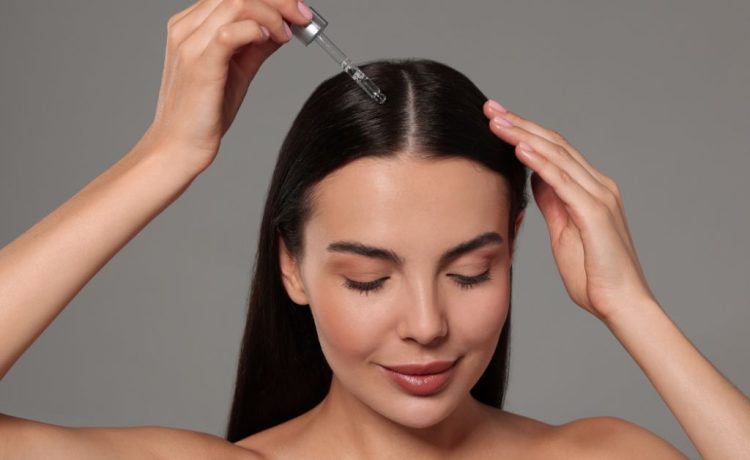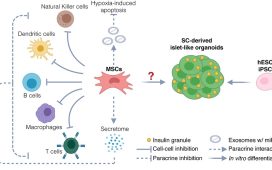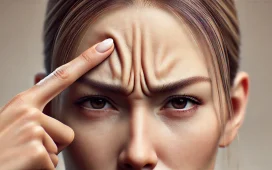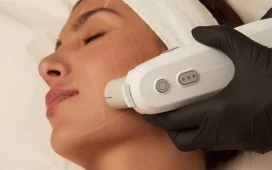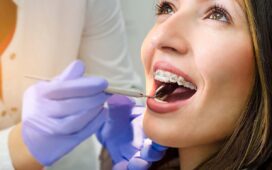Meta Description: Learn about the most advanced and effective hair loss treatments available, from PRP and medications to laser therapy and stem cells. Discover what’s right for your hair restoration journey.
Hair loss is a common yet deeply personal concern that affects millions of men and women worldwide. Whether triggered by genetics, stress, hormones, or aging, the emotional toll can be just as impactful as the physical. Fortunately, medical advancements have brought forward a range of highly effective treatments that can restore not only hair—but confidence.
From non-invasive therapies to cutting-edge regenerative options, here’s a guide to today’s most powerful hair loss treatments.
1. Platelet-Rich Plasma (PRP) Therapy
PRP has rapidly become a go-to hair restoration method. This treatment involves drawing a small sample of the patient’s blood, processing it to concentrate the platelets, and injecting the plasma into the scalp.
Why it works:
- Platelets release growth factors that stimulate hair follicle activity.
- Improves blood supply to the follicles.
- Encourages dormant hairs to enter the growth phase.
Best for: Early-stage hair loss and thinning.
2. FDA-Approved Medications (Minoxidil & Finasteride)
Minoxidil (topical) and Finasteride (oral) are two well-known pharmaceutical options for hair loss.
- Minoxidil (Rogaine): Increases blood flow to the scalp and widens hair follicles.
- Finasteride (Propecia): Blocks DHT, a hormone that shrinks hair follicles in androgenic alopecia.
Best for: Genetic hair loss in men and women. Must be used continuously for sustained results.
3. Low-Level Laser Therapy (LLLT)
Laser caps and combs deliver red light energy to the scalp, stimulating follicle activity and improving cell function.
Why it’s gaining popularity:
- Non-invasive and pain-free
- FDA-cleared for safety
- Can be used at home or in-clinic
Best for: Mild to moderate hair thinning.
4. Hair Transplant Surgery
This surgical approach involves transplanting healthy follicles from one part of the scalp (usually the back) to areas experiencing loss.
Pros:
- Permanent, natural-looking results
- Effective for extensive hair loss
Cons:
- Costly
- Requires downtime and recovery
- Not ideal for everyone
5. Stem Cell and Regenerative Therapies
Emerging treatments using stem cells or exosome therapy aim to regenerate damaged hair follicles and rejuvenate scalp health. Though still in developmental stages, early results are promising.
Best for: Patients seeking non-surgical, long-term solutions with a focus on regenerative medicine.
Where Expertise Meets Innovation
One of the leading providers combining technology with tailored care is Clinique Anti Aging hair loss treatment. Their comprehensive approach evaluates each patient’s underlying causes of hair loss and designs a multi-therapy plan using PRP, laser therapy, nutritional guidance, and advanced scalp treatments.
What sets Clinique Anti Aging apart is their commitment to non-invasive yet medically supported treatments—delivering safe, progressive results with minimal disruption to daily life.
How to Choose the Right Treatment for You
Choosing the most effective hair loss treatment depends on:
- The cause of hair loss (genetic, hormonal, stress-related, etc.)
- Stage of hair thinning
- Patient preferences (surgical vs. non-surgical)
- Budget and commitment level
A consultation with a licensed hair restoration specialist is the best way to determine your ideal strategy.
Conclusion
Hair loss doesn’t have to be permanent—and it doesn’t have to define you. From proven medical therapies like PRP and medications to innovative options like laser and regenerative treatments, today’s solutions are more effective and accessible than ever. With professional guidance from centers like Clinique Anti Aging hair loss treatment, you can take confident steps toward a fuller, healthier head of hair.

